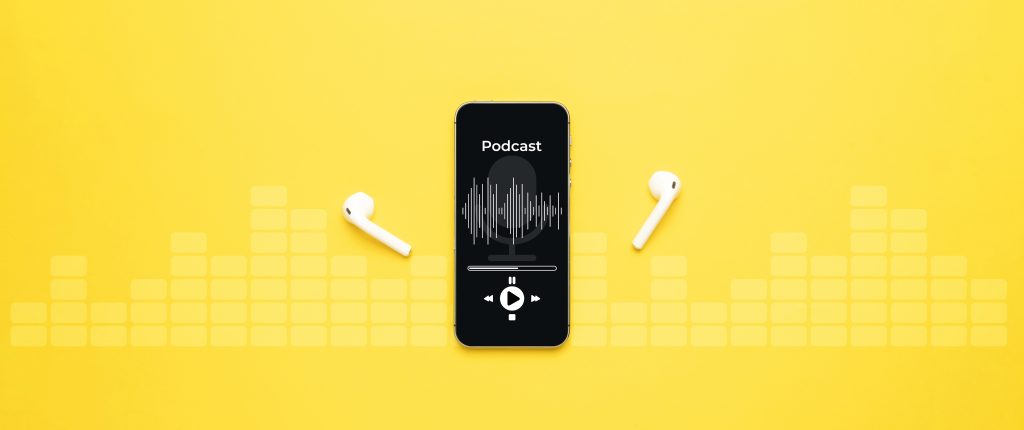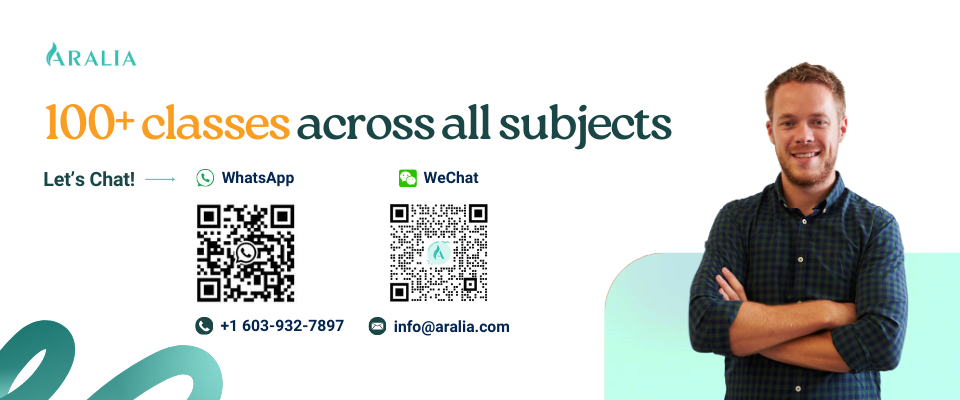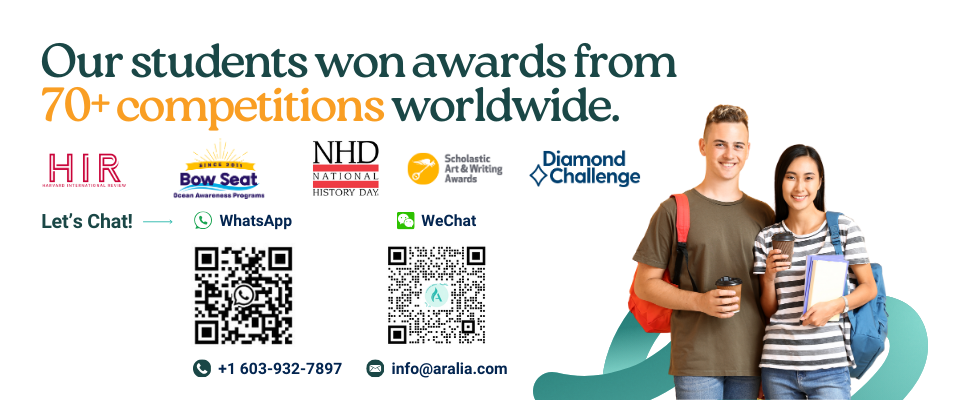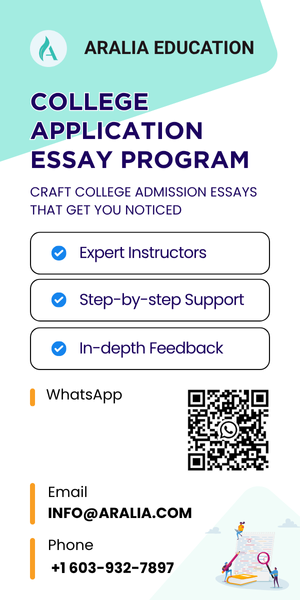1. The Benefits of Reading the News for Students
Reading the news daily offers distinct advantages that grow as a student’s age and academic level increase.
For younger kids still in elementary school, the biggest benefit of reading the news is building foundational literacy and nurturing curiosity. Age-appropriate news articles help children expand their vocabulary, introduce them to basic non-fiction structures, and provide a safe connection to the real world, fostering early empathy and social awareness.
For older students, the benefits directly tie to their academic and future career preparation:
- Improving general knowledge: By reading the news daily, students gradually gain diverse knowledge across various topics such as social sciences, history, economics, and politics.
- Developing critical thinking skills: Students can learn to analyze different perspectives, distinguish fact from opinion, and identify media biases, which are core skills for college-level research and digital literacy.
- Enhancing communication: Exposure to high-quality journalism improves one’s reading comprehension, writing style, and the ability to articulate informed opinions during class discussions and other important interviews.
Unlock Your Child’s Love for Reading!
2. News Apps for Secondary and High School Students
Google News:
Google News is a comprehensive news aggregator that pulls stories from thousands of trusted sources worldwide, curating a personalized feed. It offers a broad, diverse snapshot of global events.
The “For You” section is highly personalized. It is based not only on the topics, sources, and locations you explicitly follow in the app, but also on your broader activity across other Google services (such as Google search and YouTube history) when you are signed into your Google account. This helps provide news that is relevant to students’ academic interests and career aspirations.
One of the best Google News features that is highly beneficial for students is the “Full Coverage.” This feature gathers articles, videos, and social commentary on a single story from many different sources, allowing for comprehensive context and diverse perspectives. For example, when researching for a history or debate class, students can use the “Full Coverage” tab to quickly compare how different, reputable sources report on the same event.

For IOS users, Apple News offers a curated mix of top stories, personalized feeds, and content from major publications, accessible across all Apple devices. The News+ subscription further offers access to paywalled content from premium magazines and newspapers. Interestingly, the feature “Top Stories and Highlights” is curated by human editors (not just algorithms) to highlight genuinely important news, ensuring high-quality journalistic standards. Students can also take advantage of the “Audio Stories” feature, with some articles available as professionally narrated audio stories, perfect for multitasking. It is highly recommended that students create a daily reading habit by using the “Today” tab in Apple News for a quick, editorially vetted briefing on major global events before school starts.
This website organizes the world’s news, social media, and photos into a visually appealing magazine format. It emphasizes visual storytelling and curation around specific themes. In the “Magazines” tab, users can create their own magazines by arranging articles from various sources on a single topic, effectively acting as personalized digital clipping files.
Ground News focuses heavily on media bias and providing a comprehensive view of how a story is covered across the political spectrum. The app labels sources as Left, Center, or Right and shows you which side of the political spectrum you are primarily reading. The “Factuality Rating” feature further helps users determine the reliability of a story based on the source’s track record. This news app is beneficial for students in opening their perspective and training their critical analysis skills. This prepares them for college-level research, where challenging their own assumptions is key.
3. News Apps for Younger Kids
These applications are specifically designed to present real-world events in a way that is safe, engaging, and appropriate for developing children.
This daily news app for students (K-8), which publishes five news stories every weekday, is written by journalists and reviewed by a child psychologist to ensure appropriateness. It has the “Read To Me” feature, which helps young readers with comprehension by reading the article text aloud. The “Interactive Map” shows them where the story takes place in the world, linking geography to current events. Using the app as a model to improve reading fluency and pronunciation, young readers should listen to the article once for comprehension and then read it aloud by themselves.
85% of Aralia Students Place in Top Writing Competitions
Newsela takes authentic news articles from major publications and adapts them into five different reading levels. This is a widely used and often subscription-based educational resource (with some free content). Especially, a single article is available at multiple reading levels, allowing teachers and parents to perfectly match the content to a student’s ability without sacrificing the complexity of the topic. Furthermore, the readings often come with integrated comprehension quizzes and tools for highlighting and note-taking.
Whether you are in secondary school or an elementary student building core literacy skills, incorporating news reading into your daily routine is a powerful investment in your future. By choosing the right apps, ones that prioritize accuracy, perspective, and age-appropriate content, you can transform from a passive news consumer into an active, informed, and well-articulated global citizen.
4. Aralia’s Intensive Reading Program for Young Learners
To effectively understand, analyze, and appreciate information from news articles, literary works, or any reading material, practicing reading skills is absolutely vital for children of all ages. Aralia’s Intensive Reading Program for Young Learners is a personalized reading program that helps students advance step-by-step in their comprehension, vocabulary, and critical thinking skills.
Each class level features a unique list of literary works and texts, allowing students to acquire skills with gradually increasing difficulty, ranging from building foundational vocabulary and paragraph analysis to advanced essay writing skills. The instructors for this intensive reading program have many years of teaching experience in related fields such as English, Humanities, Psychology, and more.










